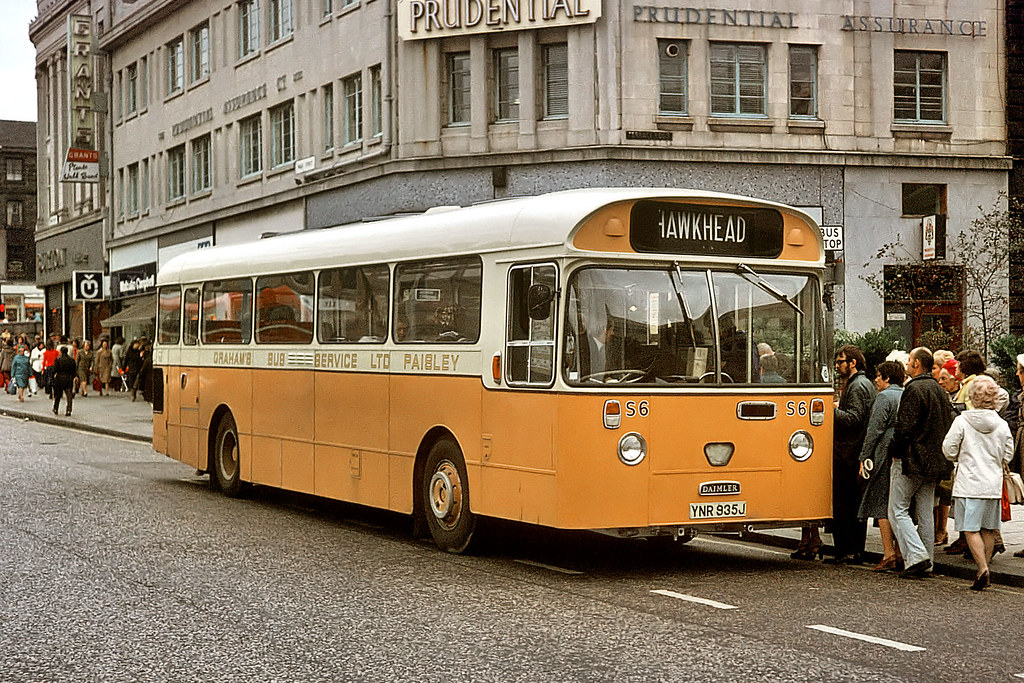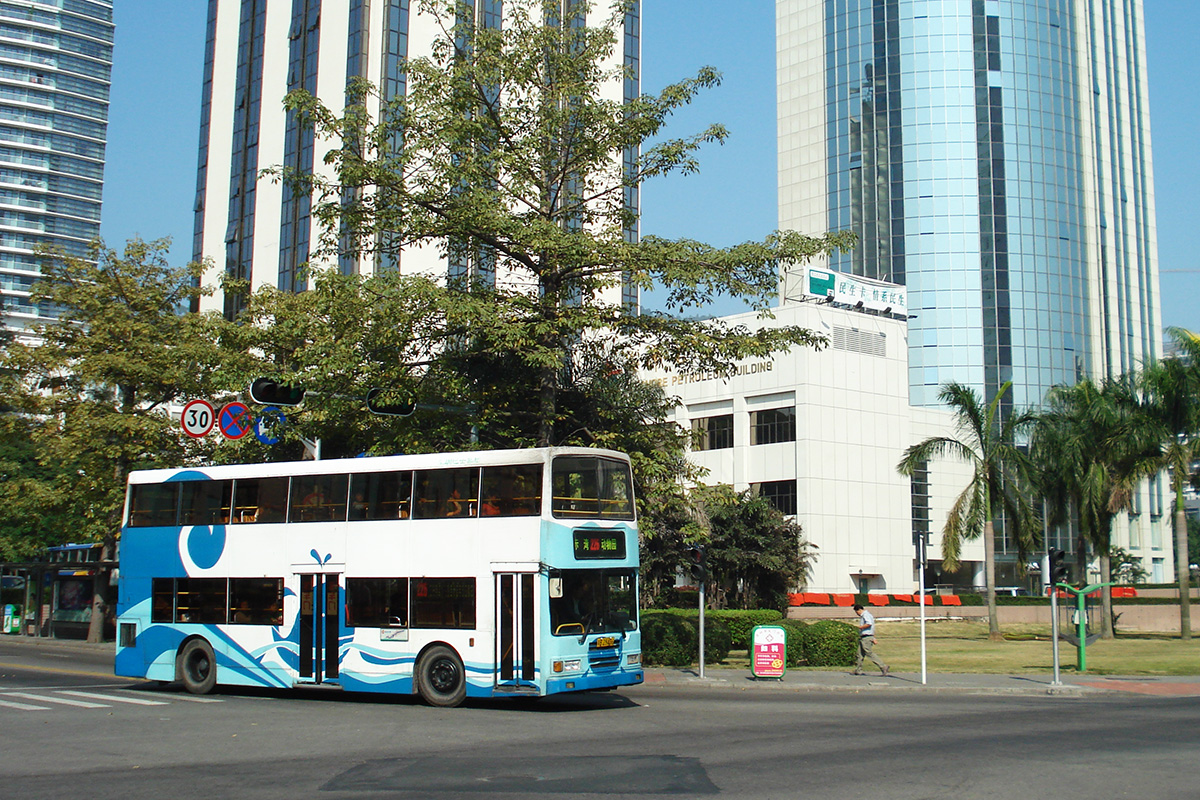Lots of comment on the DMS, and a few well informed posts relating to some of the reasons why LTs DM/S buses weren't as successful with LT as with other operator's, but not much from people who actually drove them in London service from the 70s.
So here goes as someone who did just that.
Leaving aside the variations in buses of the same designation, there were 3 main types, firstly as introduced the standard type with Gardner power, secondly the standard type with Leyland power and lastly the B20 type. I have driven all three types in regular service, both when brand new and when well worn, and from two garages where the routes operated were completely different to each other's, as were maintenance standards.
From these experiences it was obvious that as has been said the various mods LT insisted on doing to the Fleetline caused many more issues than they actually solved, for instance door interlock switches on the front doors were both not needed and counterproductive as not being able to open the doors for a clearer view at certain junctions was actually quite dangerous.
However other issues came from the standee loadings of up to an extra 19 people (officially) being put onto the bus when used for one man operation. On hilly routes with full loadings brake wear was atrocious, it not being unusual for handbrakes to need adjustment every other day or worse, at the same time on those same buses front axles were failing almost certainly partially because of weight transference under braking on hills when loaded.
So what to do, maybe change down to a lower gear descending hills? Well yes, but that also had it's problems because the gearbox coupling was another weak point, so if the drivers dropped down a gear without vastly reducing road speed below the maximum for that gear first...well that didn't help.
Funnily enough the wear and tear on two man DM vehicles operated over the same roads with less people on board was much less problematic.
Going back to design issues, what by the time these buses came out should have been an air/spring parking brake, was specified as an air assisted handbrake with a big bar lever sticking out of the floor to apply same, okay but if applied hard on a slope and left for a while they tended to end up jammed on and could only be released by a mechanic from underneath.
Another issue came from not having vent slots in the bonnet top - in hot weather 5 minutes on a bus stand frequently ended up with the overheating alarm screeching in your ear on restart, simply because of the heat build up and the sensor being mounted at the highest point on the engine - instructions were if alarm goes off stop engine and phone engineers (to avoid a potentially seized engine) which inevitably resulted in a 30-60 minute wait for a bus mechanic to turn up with 2 big watering cans and contents, plus the obligatory hammer and very large screwdriver of course. Remedy being empty water over sensor and engine, restart and of you go - until the next time.
I won't mention heating and demisting except to say both were inadequate, especially demisting when carrying up to 95 people as the buses were built, and got worse from lack of maintenance as the buses got older.
As to driving them, well in theory you could leave them in auto all day, in practice many gearboxes seemed to be set to change up to top at 17/18 mph which was far too slow a speed for that gear, lack of a kickdown or hold meant using the gear lever as a semi auto was the only way to achieve a reasonable progress, okay if the driver released the gas between changes not so if like many it was foot down all the time, and so yet more gearbox and transmission issues...
I found the cab seating and control layout to be satisfactory, no issues there thankfully.
Of the 3 types i mentioned my preference was for the B20 but I suspect that might simply have been due to them being newer and better maintained when I drove them at Brixton, the standard Leylands came second, and the Gardners last. The Gardners I drove were the later ones in the 2200 batch when new, the amount of engine vibration both when stationary and pulling away from rest was unpleasant, also they seemed to have a very narrow power delivery band giving a sort of "all or nothing" acceleration which momentarily hung on if you released the gas pedal. Later life experiences with LT Titan's and Bristol VRs were the same so I guess that is a Gardner characteristic.
So were the DMSs at fault or was it LT to blame? To my mind the bus itself was a decent tool for the job, ruined by LT with too many mods, and excessive expectations in terms of carrying capacity and garages maintenance capability. It didn't help that lessons that should have been learned from the XA/XMB/SM classes and their problems clearly weren't.






